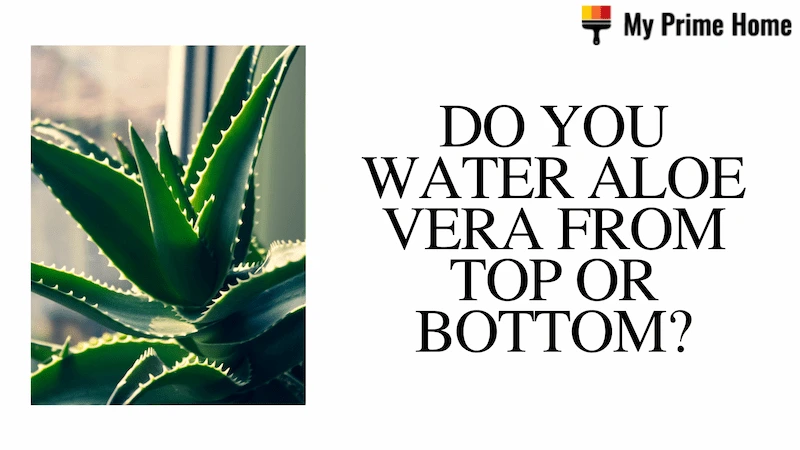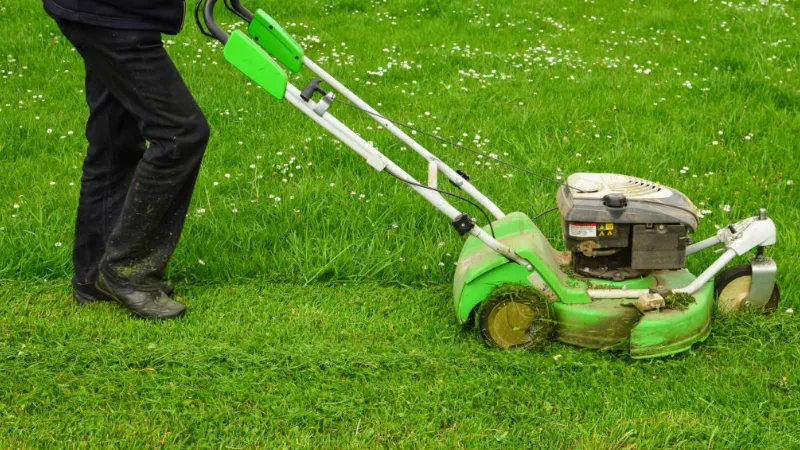In this article, I’ll outline the correct procedure for watering an aloe vera plant step-by-step. I’ll also discuss how to tell if you drank too much water and what healthy aloe vera should look like. To begin with, do you water aloe vera plants from top or bottom?
Water your aloe vera plant from the bottom so water can reach the roots, pouring slowly yet consistently. Continue moving forward if the water hasn’t already started to drain through the plant’s drainage holes.
Please read on for more detailed information.
The Basics of Watering Aloe Vera Plants
Using distilled water or rainwater is one of the things you should think about doing for aloe vera plants.
While you can initially use tap water, over time aloe vera plants will not benefit from the chlorine and fluoride in tap water.
A little tap water is fine once in a while, but using distilled, filtered, or even rainwater when you can will be much healthier for the plant.
In addition, if you pour the water in slowly and concentrate on aiming at the bottom of the pot, you’ll end up wasting a lot less precious water and the water you do use will be used more efficiently.
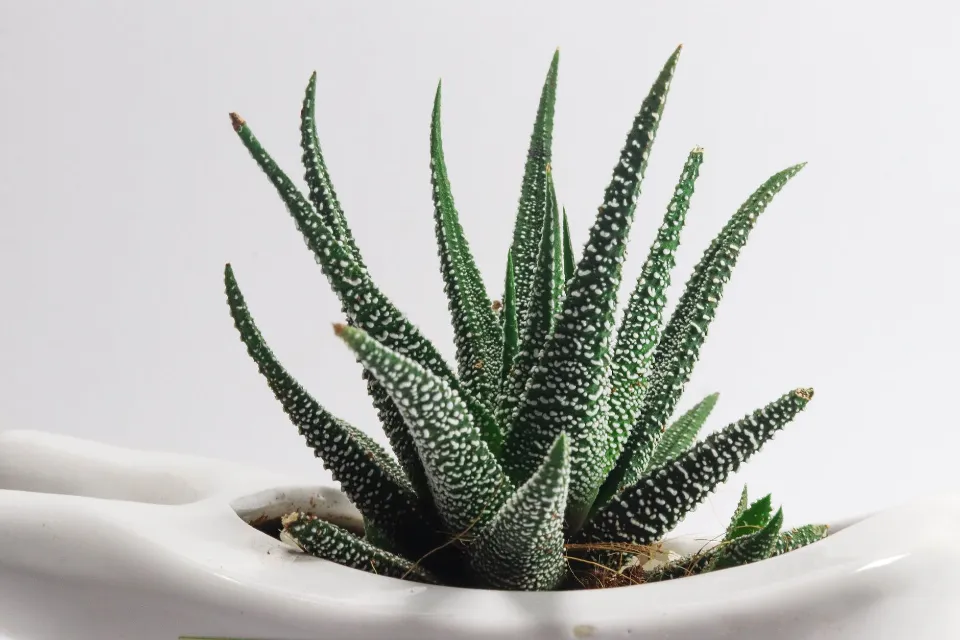
Why You Shouldn’t Water Aloe Vera Plants from the Top?
Starting at the top is one method used by some indoor gardeners when watering aloe vera. Watering in this manner feels awkward given that aloe vera plants can grow up to two or three feet tall. In part because of this, I do not advise it.
Here is the main explanation. When watering any houseplant, you’re not supposed to aim for the plant itself, but its roots.
The xylem and soil are both reached by some plants’ ability to absorb water through their leaves. This is unusual, though. With the majority of indoor plants, watering from the top merely moistens the leaves.
Although a wet plant may appear to be one that has been properly watered, this is most likely not the case. When you water aloe vera from top to bottom, the plant’s tall, fleshy, blade-like leaves make it even more challenging for water to reach the roots of the plant.
Every houseplant is prone to both overwatering and underwatering, which I’ll discuss in more detail later. The aloe vera is a succulent, which means it retains water in its leaves for long periods.
Compared to non-succulent plant species, it’s much more difficult, but not impossible, to deprive a succulent of water.
Your aloe vera is dehydrated if you’ve noticed that its typically tall leaves have started to droop or wilt. This shouldn’t persist once you start watering it from the bottom rather than the top.
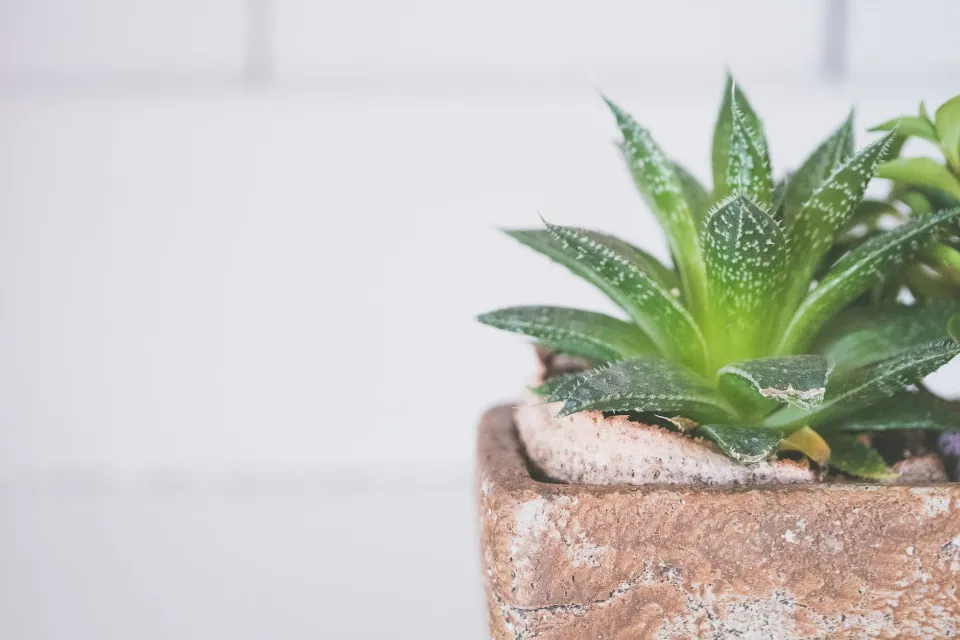
How Often to Water An Aloe Vera Plant?
I’ve mentioned a few times how the aloe vera plant can retain water. Its broad stems and waxy, thick coating on its leaves both contribute to the ability of the plant to retain moisture in its leaves.
How long does the water you give the aloe vera hold? Given the wide range of variables that can affect this, there is no universally applicable response.
What time of year, for instance? There isn’t really a season when aloe vera is actively growing. If you put your aloe vera plant outside in the spring and summer and then move it indoors in the winter, it would keep right on growing.
That said, there are obvious differences between winter and summer temperatures in many parts of the world. It’s typically hotter in the summer and colder in the winter (sometimes reverse that) unless you live in a hot climate. Then your winters are at most mild.
Succulents like the aloe vera are built for hot weather, but even still, the plant can’t stop the water absorption that happens when the mercury begins rising.
You may need to top off your aloe vera more frequently than usual in the summer because it will lose more water there than it does in the winter.
On Indoor Plants for Beginners, I’ve always advised against watering your plants on a set schedule. These schedules frequently fail to take into account how the needs of your plant can alter in tandem with the seasons and the calendar.
You would be much better off performing what I refer to as the fingertip test. Put your clean fingers into the soil of your aloe vera plant’s pot or container and follow the moisture. Please put down the watering can if you detect moisture two to three inches deep.
Plan to water your aloe vera probably the same week when the moisture evaporates and is only an inch deep. If you’re unsure, I’d advise waiting a few days, repeating the soil test, and then making a decision.
If you feel no moisture at all, then you’ve probably noticed your aloe vera plant is a bit limp or droopy too, right? If so, your plant is requesting water.
Top watering tips:
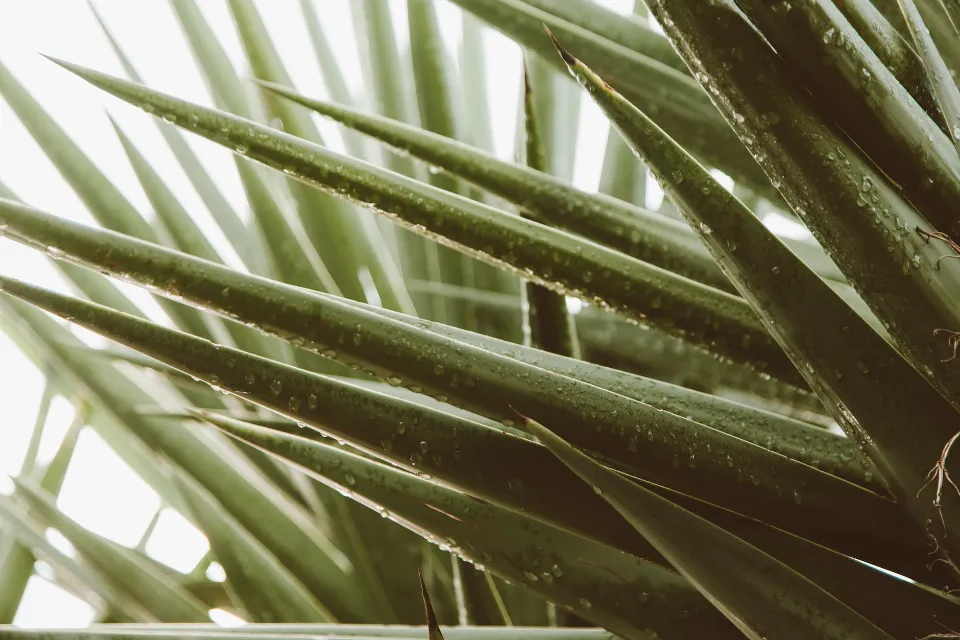
How Much Watering Does An Aloe Vera Need?
Aloe vera plants are succulents, so they retain water in their leaves for a very long time.
As such, they do not need to be watered very often.
How frequently should I water my aloe vera plant?
The size of the plant and where you live have a lot to do with the answer, but most people find that watering their aloe vera every two to three weeks is more than enough to keep it healthy.
Instead of going by a specific time frame, it’s best just to test the soil in the plant to determine how wet it is:
Simply insert your finger two to three inches into the soil to determine whether more water is necessary by determining whether it is damp or moist.
You can go ahead and add more water if you dig two to three inches into the ground and find that it is completely dry.
Aloe vera plants are typically watered every two to three weeks, but some people discover that it only needs to be done once a week.
However, the most accurate way to ensure that you aren’t overwatering or even underwatering your plant is to test the soil.
And even though the majority of people will overwater an aloe vera plant before underwatering it, it is still possible for you to underwater it.
Your aloe vera plant needs water if the leaves aren’t tall and are beginning to wilt or sag when you look at it one day.
Still, you should exercise caution when watering; in other words, give the plant the proper amount and water it from the bottom as usual so that it receives only the amount of water it requires and nothing more.
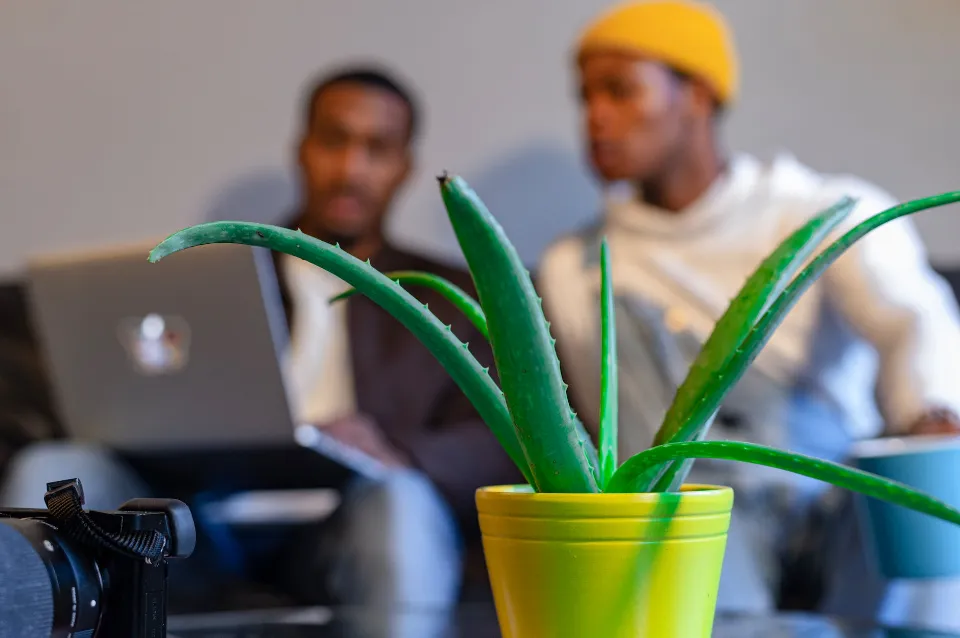
How to Water Aloe Vera Plants the Right Way (Up)?
The best way to maintain the health of your indoor aloe vera plant all year long is to do this. And while you’re at it, give your other plants the same treatment by watering from the bottom; you’ll find that most of them will benefit from it.
Step 1: Make sure your aloe vera plant pot has drainage holes. Make sure the pot’s bottom is free of obstructions by inspecting the holes.
Step 2: Put the pot on a drainage tray to catch any extra water and make watering the bottom easier.
Step 3: Wait for the water to absorb after adding it to the tray. Osmosis plays a natural role in this process.
Step 4: Every time the water in the tray starts to evaporate, add more water.
Step 5: When more than 15 to 18 minutes have elapsed and the water is still in the tray, stop watering. The soil is fully saturated at this point.
Step 6: If there is any water left in the tray, use it to water additional plants.
Step 7: Aloe vera shouldn’t be watered again until the top soil is completely dry. The most straightforward method for determining when to water your plant is the finger test.
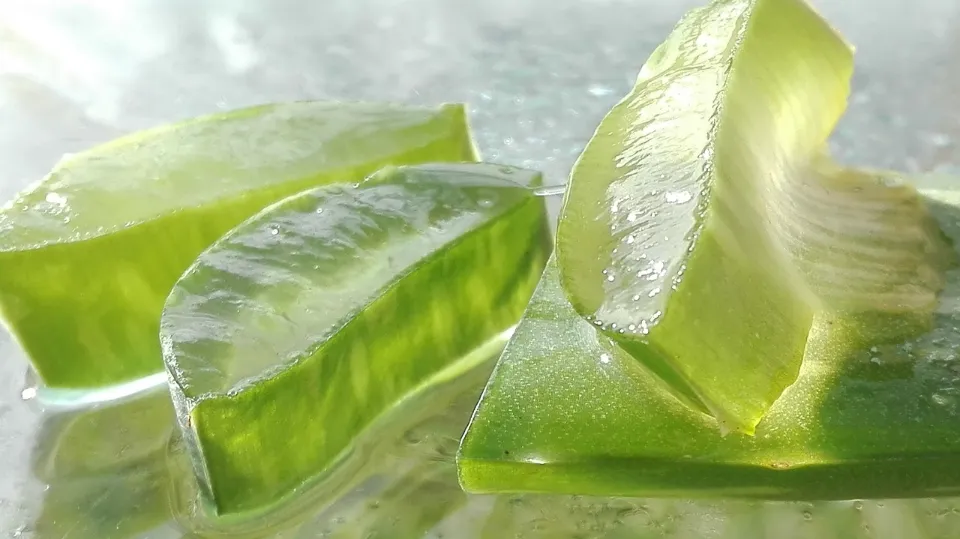
How Do I Know If My Aloe is Overwatered?
When the leaves develop water-soaked spots that appear soggy and soft, your aloe plant is being overwatered. It’s almost as though the entire leaf becomes saturated with water before turning to a mushy consistency. These leaves will eventually fall off the plant if the problem is not remedied quickly. Let’s look at some more indications below:
- Leaf Discoloration
If you notice that the leaves on your aloe plant are starting to turn yellow or brown, this is a surefire sign of overwatering. This is frequently a sign of root rot, which I’ll discuss below.
- Mold Growing In The Soil
If you see mold or mildew growing in the soil, this is a sign that the plant is not getting enough drainage and the roots are sitting in water. This will eventually lead to root rot, which can kill your plant. From time to time I check the soil to see if I can find little specs of white which are sometimes the early stages of mold. It’s not just white that is common, other colors of mold can be green or yellow.
- Oedema
Oedema is a condition that causes raised, corky lesions on the leaves. These lesions are usually caused by excess moisture in the plant, which can be a result of overwatering or high humidity. It’s possible that your aloe vera plant is always wet, even on the undersides of its thick leaves. Even if you give your aloe vera plenty of time to dry, these damp regions do not clear up because they are overly saturated with water.
In addition, oedema may present as blisters on your aloe vera’s leaves. These blisters could be large and swollen when they appear or start out small before gradually growing larger.
- Root Rot
Root rot is indicated if you see that the roots of your plant are beginning to turn yellow, brown, or black. Root rot is caused by too much moisture in the soil, which can be the result of overwatering or poor drainage. When the roots sit in water for too long, they start to break down and decay. This can eventually kill your plant.
- Sagging Leaves
If the leaves on your aloe plant are starting to sag or droop, this is a sign that the plant is not getting enough water. Sagging leaves can also be caused by too much sunlight, but if you notice that the leaves are wilting and the soil is dry, it’s likely that your plant needs more water. How much sun do aloe vera plants need?
- Soft Leaves
If the leaves on your aloe plant are soft or mushy, this could be a sign of overwatering. Overwatering can cause the leaves to swell and become waterlogged, which makes them more susceptible to damage. The leaves may also start to fall off the plant if they are too soft.
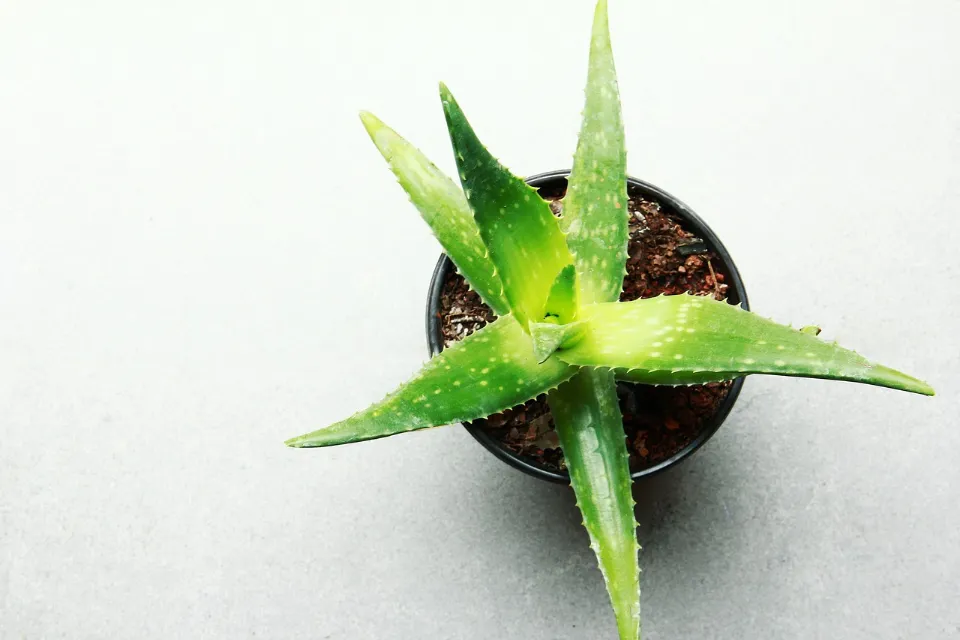
FAQs
Can Aloe Vera Recover from Overwatering?
Aloe vera that has been overwatered can be revived by removing it from the pot, allowing the soil to dry around its roots, and then repotting it in new soil. Cut off any leaves that have turned yellow, brown or black so the plant can focus its energy on recovering the healthy parts.
How Often Do Aloe Vera Plants Need Watering?
Depending on the climate, water aloe vera plants either once every 10 days or once every 2 weeks. To determine if the soil is dry enough to receive fresh water, perform the finger test.
Is It Better to Water Plants from the Top Or Bottom?
It’s best to water most plants from the bottom up. By doing this, water can be absorbed by the roots more effectively and runoff can be prevented.
What Position Does Aloe Vera Like?
The aloe vera plant grows best in a sunny spot with well-drained soil. Although the plant can tolerate some shade, if it does not receive enough sunlight, its sap production will be reduced.
How Do I Make My Aloe Plant Green Again?
To restore an aloe vera, it is critical to simulate the conditions of low rainfall, partial or full sun, and well draining gritty soil so that the plant may recover.
Summary: Do You Water Aloe Vera from Top Or Bottom?
Beautiful aloe vera plants are succulents that require bottom-up watering. Water the aloe vera using a tray, paying close attention to how much of the water is absorbed by the soil.
Root rot can occur if water is left in the tray for longer than 20 minutes. Likewise, wait to water aloe vera until the soil or leaves show signs of thirst.
In order to determine whether the top soil is dry, stick your finger an inch into it. Watering the aloe vera plant is okay as long as the soil doesn’t stick to your fingers.
Aloe vera needs to be watered from the top, so make sure the water can drain out the bottom. For a soil that is moistened more uniformly, water gradually and from the sides.
If you have any questions, please leave a comment. My Prime Home tries to give you the best home improvement information. Thank you for reading.
Read about
